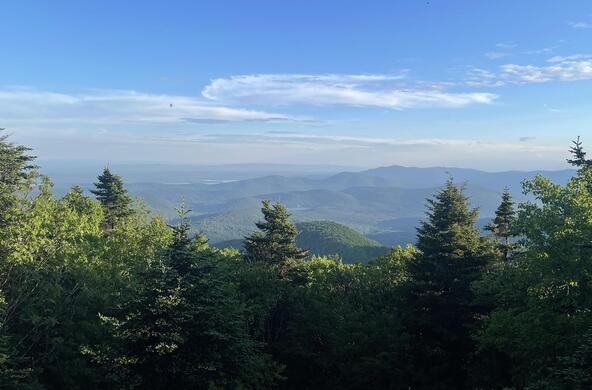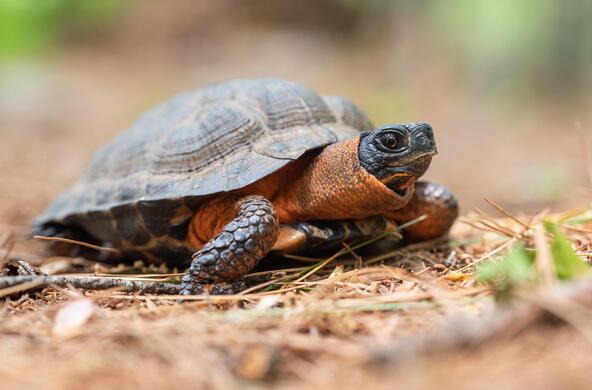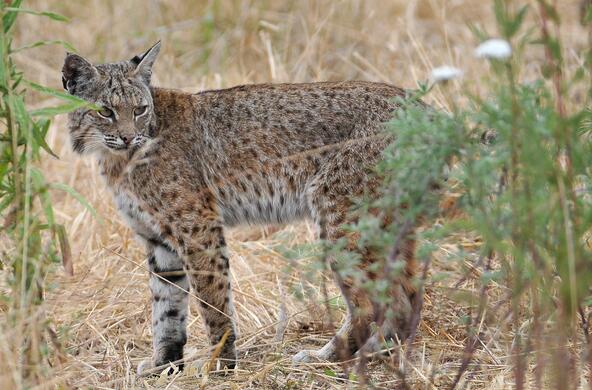For nearly 20 years, Gary Lovett has kept a journal with notes about a variety of natural events taking place in his backyard in southeastern New York, including the date that spring peepers begin peeping in his vernal pool each year. He noticed that the date that the tiny frogs start calling has often varied by a month from one year to the next, sometimes beginning in early March and other years not until early April. So the forest ecologist at the Cary Institute of Ecosystem Studies decided to figure out what environmental factors influenced the date of first calling.
He examined several weather variables, including average temperatures, the amount of precipitation, and degree days (a scientific way of charting how much temperatures deviate from a base figure over time), to identify what triggers the peepers to begin calling. After conducting many calculations, he concluded that the best predictor is what he described as “a thermal sum beginning the first of February with a base of three degrees Celsius.” In layman’s terms, that’s a calculation that adds the number of degrees the average daily temperature goes above three each day, from February 1 until the peepers start calling.
“The average date that peepers started peeping in my backyard was March 22,” he said. “But on years that accumulate degree days faster, they’ll start peeping earlier. And if it’s cooler and you don’t accumulate those degree days fast, it will be later.” He speculates that the physiological reason for the onset of calling has to do with the chemical “antifreeze” the frogs produce that allows them to go dormant in winter without freezing to death. As the temperature warms, Lovett believes the antifreeze may degrade, prompting the frogs to awaken and begin moving toward their breeding ponds.
The one anomaly in Lovett’s data, however, was a drought year when his pond was dry. Although it was a warm February that should have triggered the peepers to start calling in early March, they didn’t begin calling until late in the month, one day after the first rain storm of the season. “There must be an interaction between precipitation and temperature in determining when they call,” he said. “If the pond is dry, they’re not going to call.”
That combination of factors worries Lovett, particularly if a decent snowpack becomes less reliable in coming years: “Without the snowpack, what determines if the pond is full is whether you have a dry spell in late winter,” he said. “Pond water levels could get more variable if winters warm up and we don’t have the snowpack as a ready source of water to fill them. You would think that the date of first calling would get earlier due to climate change, but it could actually be more variable because the pond would be less certain to be full.”







